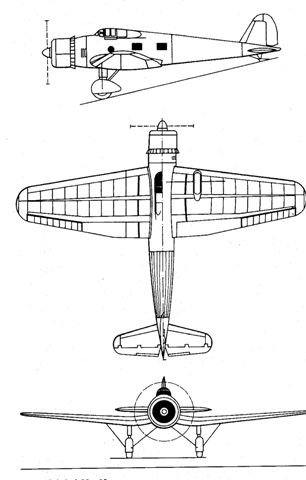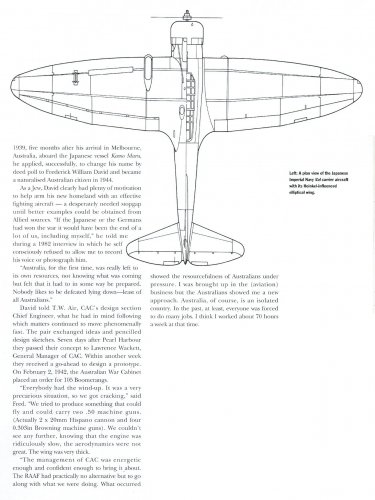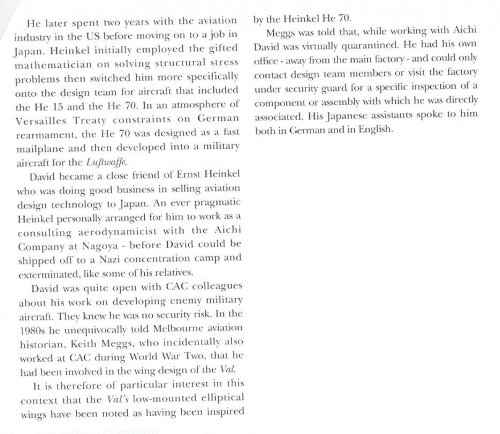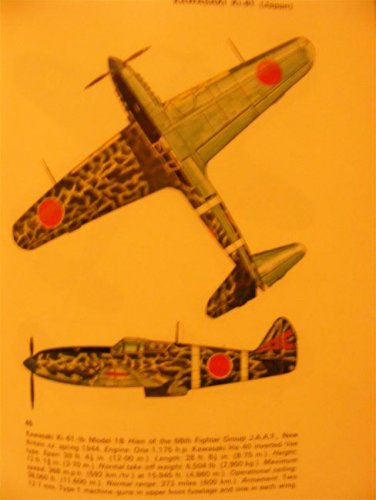Hi guys  ,
,
literature and the web tells us about the german origins of the Aichi "Val" dive bomber, stating that the Heinkel He 70 was the forerunner.
Heinz Nowarra`s Die Deutsche Luftruestung 1933-1945, volume II, pages 175 and 178 writes that the predecessor was the Heinkel He 65 mail plane, depicted below. It was stripped of his wings and tailplane and got the ones from the He 70. With some other changes, there you have the "Val". The given span, lenght and wing areas are remarkably similar to the D3A1.
Do you know anything about this? Or anything else on Heinkel`s early monoplane dive bomber projects? Cheers.
literature and the web tells us about the german origins of the Aichi "Val" dive bomber, stating that the Heinkel He 70 was the forerunner.
Heinz Nowarra`s Die Deutsche Luftruestung 1933-1945, volume II, pages 175 and 178 writes that the predecessor was the Heinkel He 65 mail plane, depicted below. It was stripped of his wings and tailplane and got the ones from the He 70. With some other changes, there you have the "Val". The given span, lenght and wing areas are remarkably similar to the D3A1.
Do you know anything about this? Or anything else on Heinkel`s early monoplane dive bomber projects? Cheers.








![Digitalizar0001[1].gif](/data/attachments/24/24298-5f5fd802c5570ec5818a647169a68b5c.jpg)